Ten Most Common Computer Problems and Their Solutions
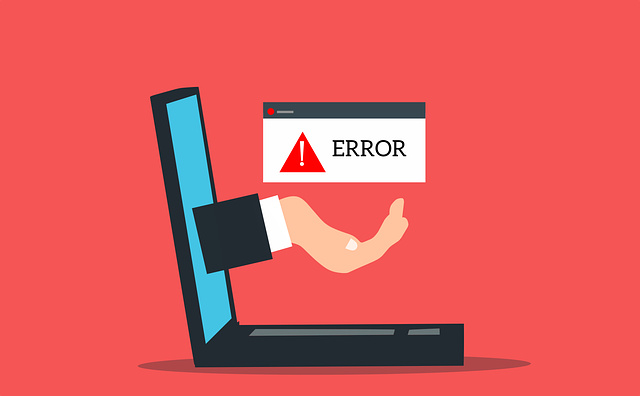
When experiencing computer issues, you don’t have to get professional help right away. The solution could be simple enough for you to fix it by yourself. Below are the ten most common computer problems I’ve encountered as well as their solutions. Try them and you’ll not only potentially save some money, buy you may also learn something new and expand your technical skills.
1. The computer won’t start
Your computer won’t start at all or has suddenly shut off and won’t start again. You try pressing the start button and nothing. Screen is blank. No lights, or familiar humming sounds coming from the computer.
Solution #1: Check the power supply
If your desktop computer isn’t starting, first check if it’s properly plugged into the power outlet. Try a different socket or try plugging a different device you know is working to rule out a faulty socket or power strip. Try a different power cable as well. It could be that simple. If your computer still won’t turn on however, it could be that the power supply in your PC has failed and will need to be replaced.
If your laptop won’t start, then it could be a battery issue. Take out the battery and put it back in before turning on the laptop. If you’re lucky it just ran out of charge completely, in which case all it would take is to plug your laptop in and let it charge for a bit before trying to turn it on. If no luck, then check if your charger cable is working. You may need to replace your battery if it has completely died. From experience, it is usually better to buy a new laptop rather than a new battery at this point. You may have to pay a bit more, but at least you would have a brand new laptop that will hopefully last much longer than the old one. If you’re worried about your files, then fear not, your hard drive should still be working if the problem is limited to only the battery or power supply. You can recover your files by buying a hard drive enclosure to house your old hard drive. You can then simply plug it into another computer and copy over your files. On the bright side, you now have an external hard drive for extra storage or backups.
Solution #2: unplug all external hardware
If it’s not a power supply or battery issue, external hardware or peripherals could be the culprit. They could have electrical issues that could be interfering with the computer or more commonly they could be setup as a higher priority boot order than your internal hard drive (BIOS Boot Sequence). For example if you have an external hard drive or CD/DVD reader plugged in, and they are setup to boot first, then your computer will be looking there for the OS and thus will not be able to start. Simply unplugging them will solve this and your computer will boot as normal with the operating system that you have installed.
2. The screen is blank
Your computer is on and your peripherals are unplugged yet the screen is blank.
Solution #1: Check your monitor
There may be an issue with the connection between the computer and the screen. First, check to see if the monitor is properly plugged in and that the power cable is working. Then check the connection between the monitor and computer. If the problem is with the monitor, then you would have to replace it.
Solution #2: Check for internal problems
If your monitor is working, yet the screen is still blank then it could be a problem with the graphics card. If the problem is on a laptop, then you may need to get a professional to fix it as some of the internal wires may be worn.
3. Operating system or software is acting up

Your computer’s hardware is working fine but the operating system or other software is acting abnormally.
Solution #1: Run a virus scan
Restart your computer first. Then make sure that you have a reliable anti-virus installed and run a virus scan.
Solution #2: Fix or reinstall software
If the problem is not due to viruses or other malware, then your software is probably corrupted. You should reinstall the software that is acting up. For example, you may use the Windows recovery disk to fix your current installation or, failing that, reinstall it altogether.
4. The screen is frozen
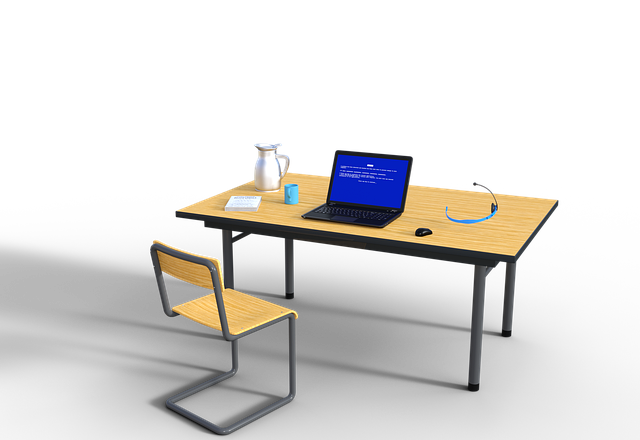
Your computer freezes or you get the dreaded Blue Screen of Death (BSOD). Unfortunately you may have no other option than to reboot and risk losing any unsaved work, but the solutions below will help prevent this from happening again.
Solution #1: Check the RAM
One of the most common reason for computers freezing is insufficient RAM. You probably have been running too many programs at the same time or opened too many tabs on your browser. You can either change your usage habits or add/upgrade RAM.
Solution #2: Fix corrupted drivers
Another common reason for freezes or BSOD are corrupted drivers. Open Device Manager by typing devmgmt.msc in Run. Expand each menu item and look for a yellow triangle icon next to each driver. If you find any, right-click on it and select Update Driver Software.
5. Computer is slow
Your computer is slower than normal. That may be an understatement! It was fast when you first bought it, but over the months and years it has slowed to a crawl.
Solution: Cleanup hard drive
The main cause of this problem is usually the hard drive getting filled up with too many files. So you should cleanup all the unnecessary files. You could move some to external storage as well. Don’t forget to cleanup all the temporary files, browser cache, etc. There are many free useful tools online that could help you with this. On Windows I like to use CCleaner and on Ubuntu I use BleachBit. Scheduling regular registry scans and fixing errors as they arise could also help your computer run more smoothly. After cleaning up, you could also defragment your hard drive for further speed. This could take many hours and will only work if you have some free space on your drive as it needs to move around all the file fragments to defragment them properly.
6. Strange noises
Your computer is on and everything seems to be working fine, except for these unusual noises. There are two main reasons for these sounds.
Solution #1: Check your hard drive
If you hear a loud repeated clicking sound it is very likely your hard drive. This is a sign that your hard drive is very likely to fail soon. So don’t waste any time! Quickly back up all your important files while you still can. Then turn off your computer and let it cool for a bit. When you turn it back on, if you still hear the clicking sound, you should replace your hard drive. Of course I would recommend being proactive and buying a replacement drive right away even if the clicking noise doesn’t reoccur right away. It’s only a matter of time before your hard drive fails after all. You could run a diagnostic software to make sure.
Solution #2: Clean computer and check the fans
If the noise you hear is a loud humming, then the problem is likely with the cooling system. Your computer is overheating and the fans are running faster and are thus louder. This usually happens if your computer got filled up with dust and all the vents are partially clogged, making it difficult to cool. Use a can of compressed air to clean your computer. Simply spray air into all the vents and other openings in the computer, whether it’s a laptop or desktop PC. You will see a lot of dust streaming out from the other end. If you’ve never done this before, you could have a lot of dust, so wear a mask or do this cleaning outside. I mean it! It was very dirty the first time I did it. With a desktop PC you could also open up your case and perform a more thorough cleanup, but be careful not to damage any of the components. If, after all this, the noise still persists, it could be because one of your fans is about to fail. Thankfully this is one of the easiest and least expensive part to replace.
7. Slow internet
Nothing can be more frustrating than slow internet! Thankfully the problem usually lies in one of the following easy options.
Solution #1: Restart your modem or router
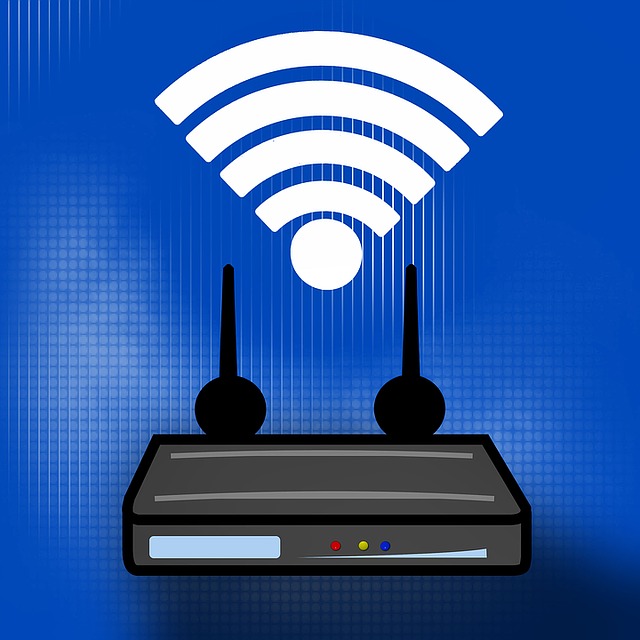
Just like with rebooting your computer when you encounter problems, this also works for your modem or router. Sometimes overuse or power fluctuations can overload it. Simply power it off, let it cool for a few minutes, and turn it back on. Your internet should be back to normal once it finishes re-initializing.
Solution #2: Check your Ethernet cable
If you’re using the internet by wiring directly into the router (instead of WiFi) then check if your Ethernet cable is working. The cable could have gotten damaged. You could test it with a different cable to find out.
Solution #3: Check your WiFi signal
If you’re using wireless internet, then your WiFi signal could be weak. Maybe you’re too far from the router? Try moving your router closer to where you use your computer (or the other way around). If that solves the problem, then it was a range issue. An option could be to buy a range extender to better cover your property with a strong WiFi signal for maximum speed.
Solution #4: Contact your ISP
If all the previous steps didn’t help, then it’s very likely that the problem is external and so you should contact your internet service provider (ISP). If the problem is indeed on their end, they should be able to fix it for you.
8. Dropped internet connections
Your internet is working fine, but your computer keeps disconnecting from it, making it completely unusable.
Solution: Make sure your network card is receiving enough power
This problem is likely due to your computer’s power saving option being a bit too aggressive and sending less power to the network card than is needed. On Windows go to Advanced Settings in the Power Options. Expand Wireless Adaptor Settings and then expand Power Saving Mode. Set it to Maximum Performance. That way you ensure enough power is reaching your network card.
9. USB port stops working
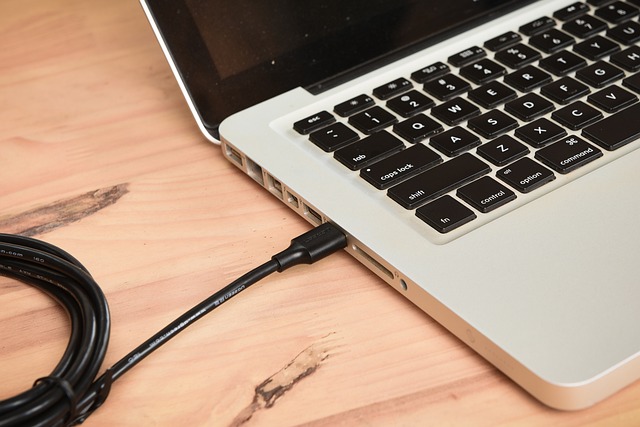
Your USB port suddenly stops working. You tried multiple devices on it, but no luck. This doesn’t necessarily mean it is broken.
Solution #1: Restart the computer
Yes, it could be that simple! Try it and it may fix the problem right away.
Solution #2: Update USB port driver
The USB port driver might have gotten corrupted. To fix it open Device Manager by typing devmgmt.msc in Run. Expand the Universal Serial Bus controllers menu item and look for a yellow triangle icon next to each driver. If you find any, right-click on it and select Update Driver Software. Once done, restart your computer to see if it works.
Solution #3: Disable USB selective suspend
Windows has another power saving setting that suspends any unused or idle port. This could be causing the problem so you may want to disable this feature. Open Power Options by typing powercfg.cpl in Run. Click on Change plan settings next to your current plan and then click on Change advanced power settings. Then expand USB settings and disable USB selective suspend setting. Finally restart the computer to see if it fixes the issue. Of course if it doesn’t fix the problem you should then re-enable this feature if you want to continue saving battery power.
10. Computer beeps
Your computer’s motherboard is smart enough to detect certain problems and to let you know about them in the form of various types of beeping sounds. Not all of these problems are easy to fix and many of them would require professional help, but the two most common problems listed below are easy enough to fix by yourself.
Solution #1: Fix recently added hardware
If you’ve recently added new hardware such as more RAM or an extra internal hard drive into your computer and did it wrong, the motherboard will beep. So check that first. Also it could be that the new hardware is damaged and would need repairing or replacing.
Solution #2: Check for loose RAM
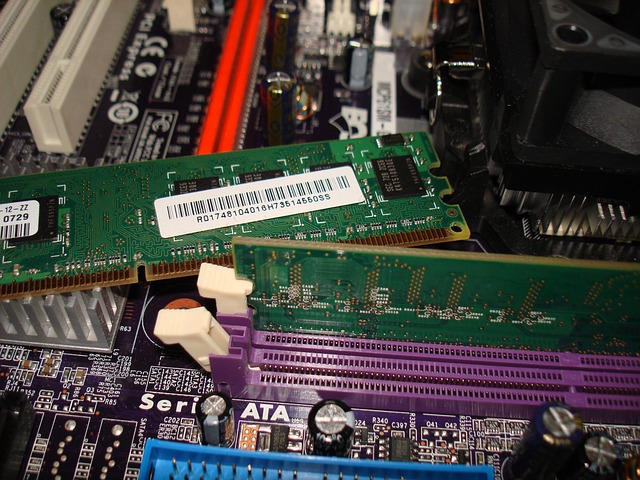
Even if you haven’t added any new hardware, the RAM could have gotten loose in its slot. Your computer will beep two or three times and not boot at all. Unplug your computer, open the case and look for out of place RAM. Press it down gently and it should go back into its slot. Check if it’s secured in properly with the plastic clamps and then you can start your computer again.
Conclusion
I hope that my list of computer problems and their solutions were of use to you. I’ve experienced all of them at some point in my career and as annoying as they may have been, I took the opportunity to learn how to fix things myself. Eventually I used all that knowledge to build my own computer. How about you? Have you experienced such problems and turned them into learning opportunities? Or maybe you’re in the process of figuring out a current computer issue? Share below in the comments.
Article originally published on May 6, 2012. Later completely re-written, updated, and expanded.
Would you like to receive similar articles by email?



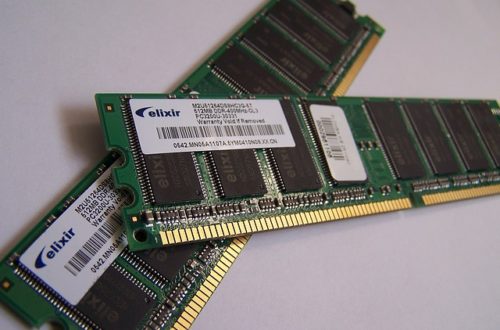
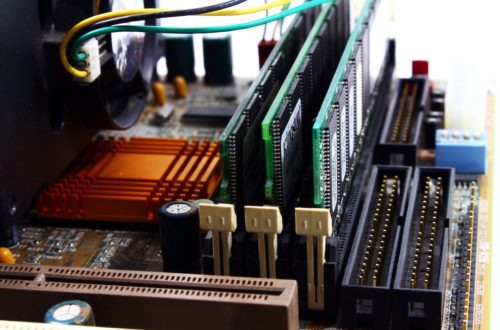
29 Comments
Nanajee
Very nice
Victoria Addington
Lately, I noticed that my computer frequently freezes. I never knew that freezes can be a sign of insufficient ram, corrupt or missing files, or spyware. Since I don’t want to buy a new one, I decided to look for a computer repair service here in town. Hopefully, I can find one that has been doing repairs for years now and has encountered the same issue before.
Charlie Noah
The computer slowing down even as working is one of the maximum not unusual laptop troubles you may encounter.
Lucky
Boot and select proper boot device
Insert boot media in selected boot device and press a kay
Leithy
The screen is upside down
Hassain Ali
Thanks for sharing
Samir Hesamuddin
Laptop screen work when I open the screen door halfway and blanks if I open it fully .what you think the problems.thnks
peterjohn
Hey, thanks to you for share computer issues solving tips that help me my Computer work very slow but your blog is very help full for me i am waiting for your next blogs related to computer problems.
Mythri
I am impressed by your article writing skill and your every article are like very easily understandable and quite helpful for me. Keep it up. Regards.
Aarif A. Ahnaf
First of all, I want to start with thanks to the author to help me. I have been searching for an article for some time. In fact, I used to benefit from this reading.
Abdullah Ibrahim
I am studying system engineering and want lectures and advice from u
Emma
Very frustrating but easy to fix problems! These are problems that 99% are solved in a quick and convenient way you just really need a step to step solution on how to do it.
Sue
To fix Shutdown command go to:
Control Panel
Hardware and Sound
Power Options
Choose what buttons do
Change settings that are currently unavailable
“UNcheck” Turn on fast startup
Save changes
Maddy
Nice article helpful for everybody. Thanks for the nice informational post.
anonymous
Not enough cod- IGN 1/10
Thamali De Silva
It’s nice
idrisu
good advice
aschalew kassahun
thank you !!
J.Ortiz
Great article and very informative. Periodic PC maintenance will greatly diminish the vast majority of problems encountered by the end user.
San Zen
Great post,
It’s always an unpleasant surprise to to have any one of those issues rear it’s head.
Colin
These are very frustrating issues!!
B.D.
Nice article helpful for everybody. Thanks for the nice informational post. Just found this site through another site and have really enjoyed this post from start to finish.
Aditya
really like your stuff… bookmarked your website, n i’ll surely come here for more info
thnx again 🙂
A.P.
slow computer is rather frustrating so i suppose it’s the most common computer problem.
Ed Ted
I fix computers for living and these are the biggest problems.
Rick
Awesome stuff..
You actually placed right stuff on the table.
I hope more users will get the information that I receive from you..
MR Fix
A slow computer is very frustrating so I think it’s the most common computer problem. To learn how to fix computer problems, the internet is full of great tips like the tips I found here.
C. R.
Just to add, in the case wherein a Program become unresponsive, click CTRL+ALT+DELETE to access the Task Manager. Find the software that is not responsive and right-click “End Process Tree”.This will saves you from restarting your PC or doing a Hard Shutdown.
Rita Dawson
Great Post! Computer problems are something that is headache to many people in the world. This post is really going to help them a lot. Thanks for sharing.